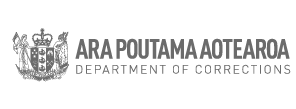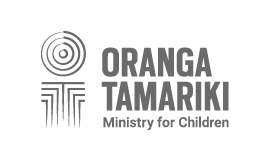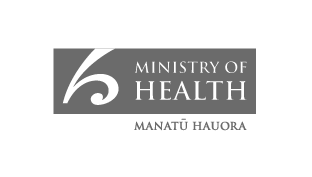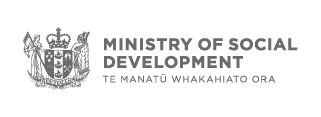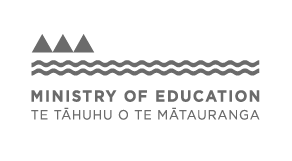Family violence and sexual violence are behaviours that physically or psychologically harm another person.
These behaviours have a significant impact on people’s physical and mental health, parenting, education, employment, and connections to their community.
These forms of violence disproportionately affect women, children and young people, tangata whenua, Pacific peoples, disabled people, older people, LGBTQIA+ communities, ethnic communities, and people experiencing compounding forms of disadvantage and discrimination.
Due to the complexity of human behaviour, it is difficult to identify clear causes of family violence and sexual violence. But research has shown that there are certain factors that are associated with violence at the individual, relationship, community and society levels. Addressing the range of factors that contribute to violence will prevent negative intergenerational impacts and help New Zealanders to live safe, connected, and healthy lives for generations to come.
This page features high-level definitions of family violence and sexual violence and an initial snapshot of the prevalence of these types of violence within Aotearoa New Zealand and within different areas of society.
In te ao Māori family violence and sexual violence are understood as violations of whakapapa, mana, and tapu.
Tangata whenua understand family violence and sexual violence as a desecration of whakapapa (family lineage). Violence is a violation of the tapu (sacredness) of another person and it impacts on their ability to exercise mana (engaging in autonomous action to benefit the collective). Violence harms all people involved, including whānau, hapū and iwi, in different ways, including emotionally, socially, spiritually, and mentally.
Prior to colonisation, tangata whenua had well-established social controls or tikanga to deter, detect, and respond if violence occurred. These ensured accountability and consequence, compensation, rehabilitation and healing for all members of the whānau. The unacceptable levels of violence experienced within whānau now are rooted in the marginalisation of tangata whenua and societal changes enforced during the colonisation of Aotearoa.
Family violence and sexual violence are not the same, but they can intersect
There are intersections between family violence and sexual violence.
Risk factors: there are many different factors that increase the chance that someone will use family violence or sexual violence, which may include personal characteristics and influences from family or whānau, community, and from the wider cultural and social environment. The list below outlines some of the key risk factors that make it more likely family violence and/or sexual violence will happen.
Factors associated with an increased likelihood of violence
|
Society and community levels |
Individual and relationship levels |
|
|
Protective factors are associated with a decreased likelihood that violence may occur, or that it may be repeated in the future.
Factors associated with a decreased likelihood of violence
|
Society and community levels |
Individual and relationship levels |
|
|
If you are experiencing family violence or want to help someone who is, go to Are You OK | Family Violence Information and Support(external link) for information and support.
If you are worried about your own behaviour towards your partner, whānau or family, go to Change is Possible -(external link)for information and help.
If you are experiencing sexual violence, want to help someone who is, or are worried about your own sexual behaviour or thoughts, go to Sexual Harm. Do you want to talk? | Safe to talk(external link) for information and support.
For further details please see Developing family violence capability for workforces and organisations | Te Puna Aonui(external link)
Last modified:
